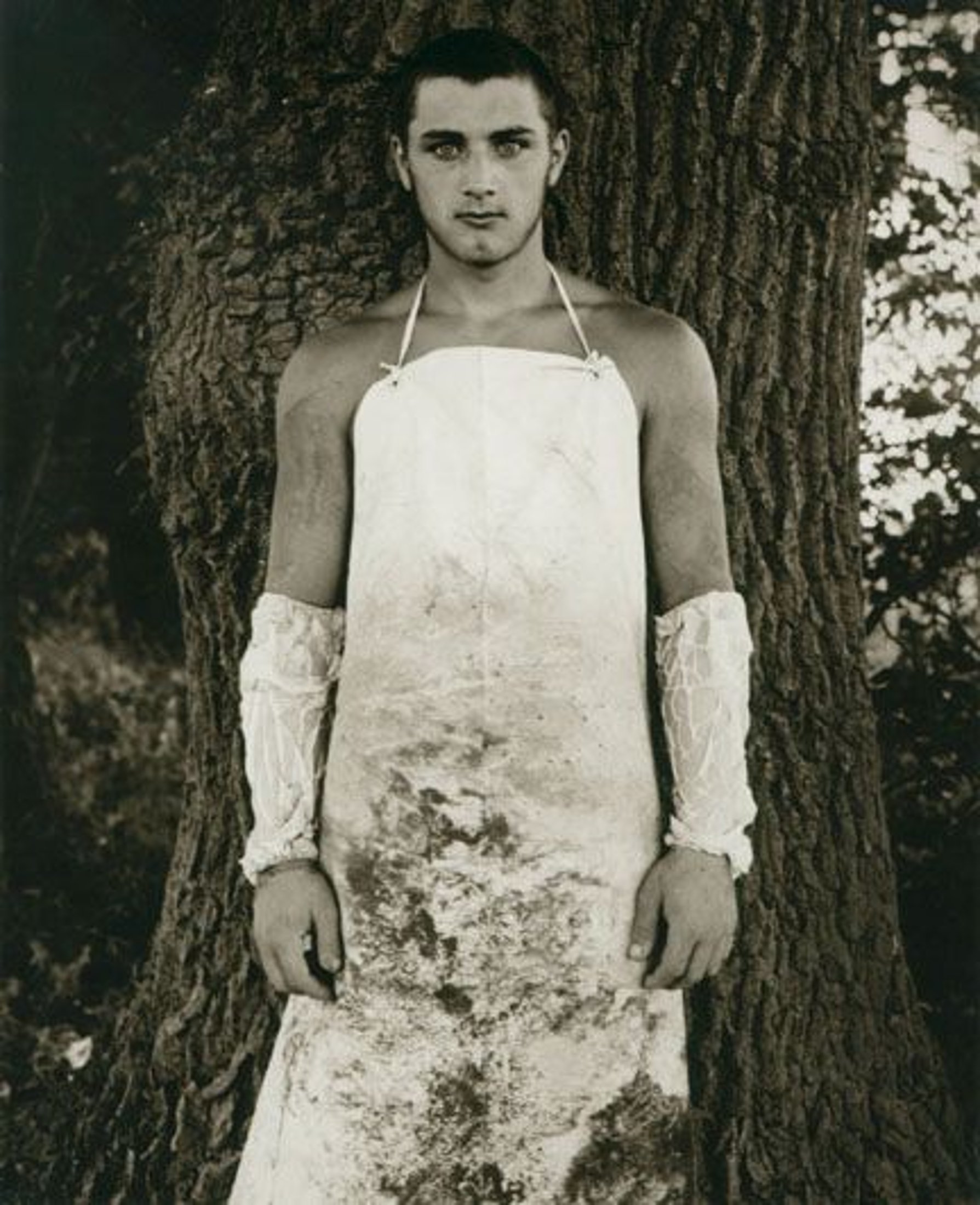It is speechless, silent, serious, ceaseless and lonely work along the great silence of the unshaded land.
— James Agee,
Let Us Now Praise Famous Men
Seasonal laborers, who work as harvest hands in foreign countries, have a long tradition. This kind of migration used to exist all over the world long before the age of globalization. The direction of working migration in Europe today goes from East to West. Most of the seasonal laborers have to travel very far to reach their working places.
More than 300,000 harvest hands come to Germany every year from Eastern Europe. Their season starts with the asparagus harvest in April and ends with cabbage and grapes in autumn. It is interesting to watch the internal dynamics in this kind of migration. Typically most of the workers had come from Poland, but during the last years more and more people have come from further Eastern Europe, from the Ukraine or Romania, while a lot of Polish workers have migrated as far as Sweden and England because they get better pay there.
The seasonal workers are mostly men, young and old. They come from different social levels and backgrounds. They live for weeks and months together in temporary shacks with double-decker beds. They work seven days a week and usually have no contact with the local Germans. Most of them don’t speak one word of German. The German farmers need them urgently; the whole harvest depends on these men from abroad because there are not enough Germans who are willing to do such underpaid and hard physical work. So thousands of harvest hands come and go every year like birds of passage.
In summer 2006 and 2007 I took portraits of these workers who came to us a long way. I met them in the asparagus and strawberry fields, or in the evening sitting in front of their shacks. With my pictures I want to tell something about the difficult state of identity today in Eastern Europe, about hard physical work, and the problem of working migration in general.
— Ingar Krauss, Berlin

Feature
Birds of Passage
Eastern European men from all social classes migrate long distances to harvest the crops in Germany. Ingar Krauss captures individual portraits after a long day of manual labor.
View Images
Feature
Birds of Passage
Eastern European men from all social classes migrate long distances to harvest the crops in Germany. Ingar Krauss captures individual portraits after a long day of manual labor.
Birds of Passage
Eastern European men from all social classes migrate long distances to harvest the crops in Germany. Ingar Krauss captures individual portraits after a long day of manual labor.

